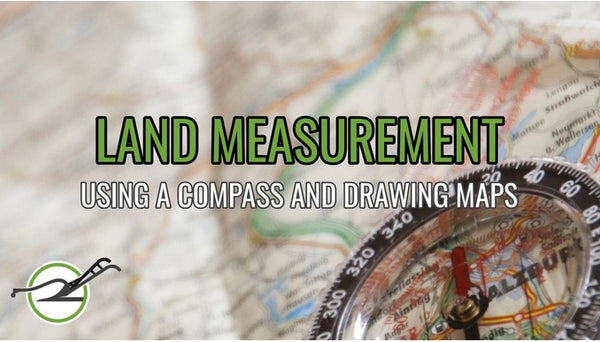11 Steps to Prepare for Your Fall Plug Arrival in Your Greenhouse
I pulled the following information from an email sent from Dr. Teri Hamlin a few years back. She's a former North Region horticulture teacher in Georgia. Take a few minutes and calculate the amount of materials you need to be stocked up for your fall class.
###
Container recommendation: 606 Jumbo Insert (100 per case) and the TFI Web flats (tray that holds the insert).
Fertilizer Options
- 13-2-13 Plug Special Peters Water Soluble (25 lb bag) is recommended using NO3 at 100 ppm for a successful cool season crop this year
- 20-10-20 with 100-150 ppm Nitrogen to encourage initial leaf expansion and branching
Heavy watering will lead to root rot and injure the crop. After plants have rooted out 1-2 weeks, a fungicide drench with Banrot/Terraclor will be beneficial to all fall bedding plants, especially pansies.
Supplies needed:
- 4" pots, 10" hanging baskets
- Fafard 3-B Mix (3 cuft bag) - 1 bag will fills 170 pots
- Fertilizer: Osmocote Plus 15-9-12, top dress each pot with one teaspoon
- Ferns: transplant plugs into 4" pots until Nov or when roots fill pot
- Transplant into 10" hanging baskets to grow out for spring plant sale
- Media: Fafard 3B is a good soil mix due to its ability to drain well (Metro 360 and Fafard 4P are also recommended) one 3 cu. ft. bag of media will fill 45- 6" pots.
- Fertilizer: Several recommendations to use for poinsettia the goal is to keep fertilizer concentrations around 200 - 250 ppm
- Keep plants full sun and give them plenty of space. Most teachers are growing Freedom varieties and they will often stretch during November. If your plants look like they are going to be too tall, DO NOT USE 20-10-20 OR 20-20-20 DURING NOVEMBER.
- Some growers recommend using a rotation between Peters 15-0-15 and 20-10-20 Peters Lite Special. Start with 20-10-20 add Magnesium Sulfate (Epson Salt to your stock tank at the rate of 2-4 oz for every 100 gallons of water delivered) then about every 3 weeks rotate to the 15-0-15 which supplements your plants with Calcium Nitrate.
- Other growers are recommending Daniels Plant Food (organically based derived from soy bean) it is a liquid product that is easy to use and mix research studies show that plants grown with this fertilizer have an increased number of feeder roots and the amount of stretching is reduced so the need for chemical growth regulators is reduced.
- There are many other fertilizer recommendations for poinsettias based on the variety. Check out www.ecke.com for growing instructions specific to your poinsettia variety.
Shade cloths
A. *Fungicide*: Terracolor or Subdue after your plants have been
transplanted and growing for a week or two you need to drench their soil
with fungicide
B. Insecticide:
- Marathon for whiteflies, aphids and other sucking insects
- Conserve for thrips, leafminer and worms
- Cinnamite for aphids and mites
- Whitmire Total Release Aerosol Generator (1 case)
- Safer Soap or Sun Spray
- Finale: used to control weeds in greenhouse
- Roundup: control weeds outside greenhouse
- ZerTol / Agribrom : use in your evaporative cooling system to kill microbial slimes
- GreenClean: new granular product that is used to kill algae, fungi, and disinfect greenhouse floors and benches. It will also raise the pH level in the soil under benches, making it harder for weed seeds to germinate.
Greenhouse Supplies Needed
- 5" plastic stick labels and marking pens are a must have in the greenhouse
- Water Hoses, recommend the Swan Soft & Supple Hose to hold up best in the wear and tear of greenhouse use.
- Fogg-it Mist Nozzles
- Water Shut Offs ( Drams 300 brass) stay away from the plastic ones
- Water Breaker: the PL 100 is a great "soft throw" water breaker
- Water Wands: get a couple is several lengths (available in 12", 16", 24", 36")
- Pesticide Application Posting Sign (must be posted anytime your are spraying or fumigating the greenhouse)
- Safety gear (PPE) for you and your students
- Min/Max Thermometer
- Sprayers that are clearly marked for Herbicides and Insecticide use.
- Does your state require you to have a nursery license? If so, as soon as you get your new license, laminate it and hang it in the greenhouse.
###
Print this out and highlight the material you need to order and cross out the items you have already completed. You can even start a greenhouse notebook to help keep track of everything.
Good luck with this and please let us know your thoughts. Please follow us on Facebook, Pinterest, and Twitter. Send us your Facebook, Twitter, and Pinterest handles and we'll be glad to follow as well. You can also contact me at brian@onelessthing.net



